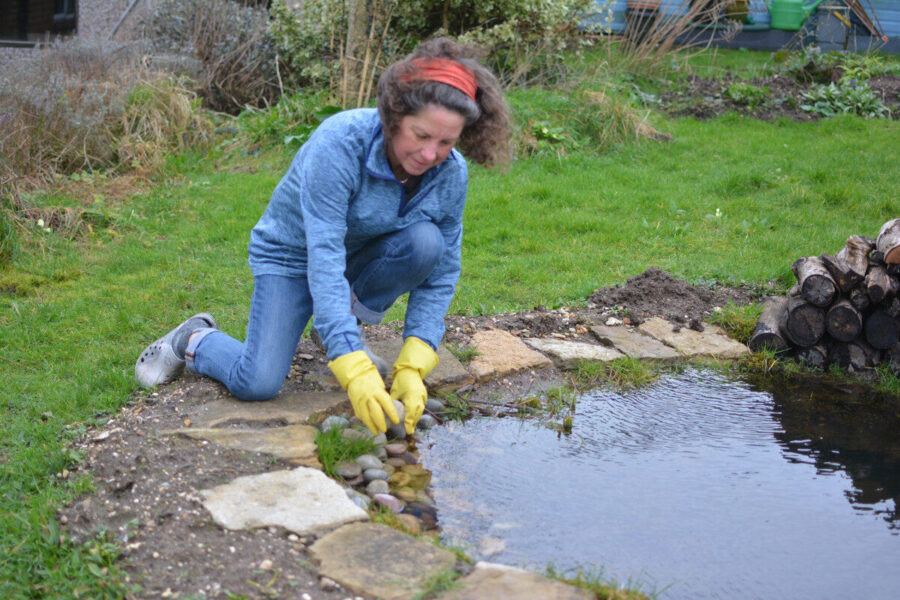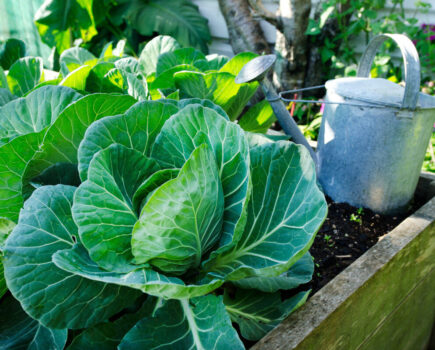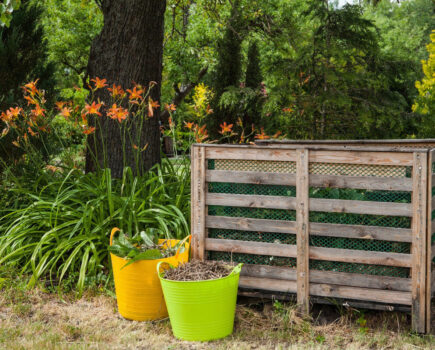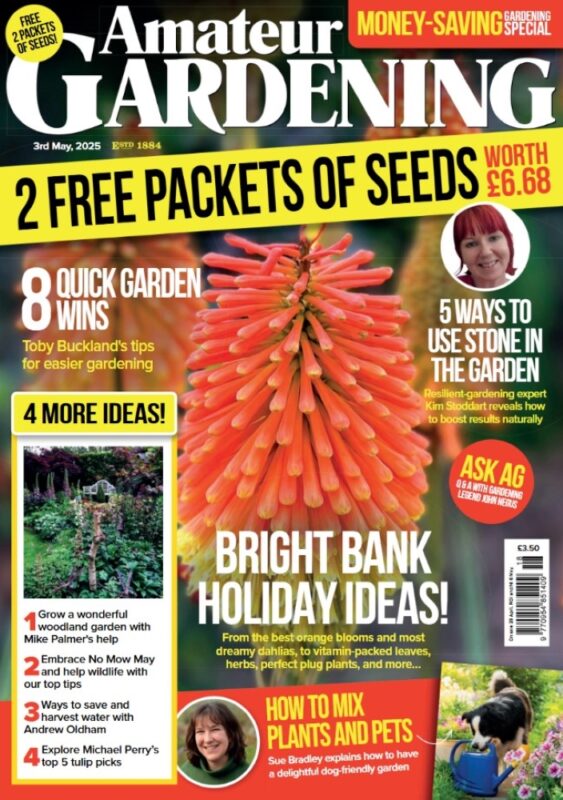Healthy plants and water are important to get right now
As regular readers will possibly remember, we gave our pond a complete refurb last autumn.
This included completely emptying it, before reshaping it, giving it more shelves and greater width.
We are very pleased with the end result but it still looks rather new and bare so as spring gets underway one of my projects is to help it bed into the garden and look more natural.
It’s a wildlife pond, so I’m going to sow a succession of native annuals around its fringes and add some flag irises and reeds to provide dragonflies and damselflies larvae with something to cling onto as they turn into adults.
Last autumn’s work means we have little maintenance to do now, but if your pond is more established it will need some attention to help it emerge from its overwintered state.
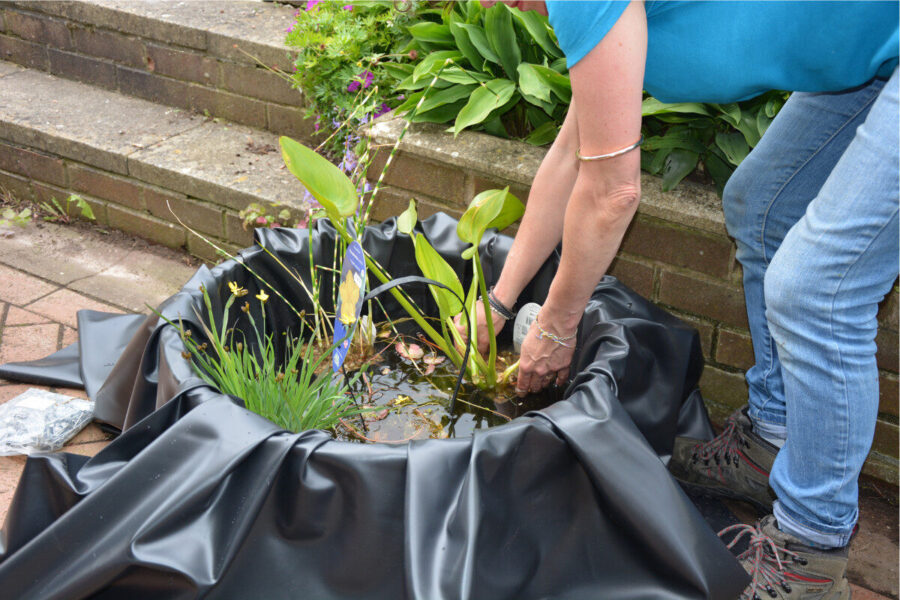
Filters and pumps should be cleaned and checked before being put back into use, and it’s time to remove any plant material that has fallen in over the winter before it can start to degrade and contaminate the water.
Trim or divide plants that have grown too large, scoop out some of the more invasive varieties before they can take over, and leave the debris on the side for a day or so, so any trapped critters can return to the water.
If you have ornamental fish, you may wish to do a water test to make sure the quality and balance is as it should be. The fish may be sluggish after winter’s chill, so keep them safe from herons and other predators by netting the surface.
- Even a small water feature adds something special and benefits wildlife. A bowl with pebbles and a few small plants, or a half-barrel on the patio is enough to attract new life into your garden.
Sowing hardy annuals
Get started for lots of easy colour
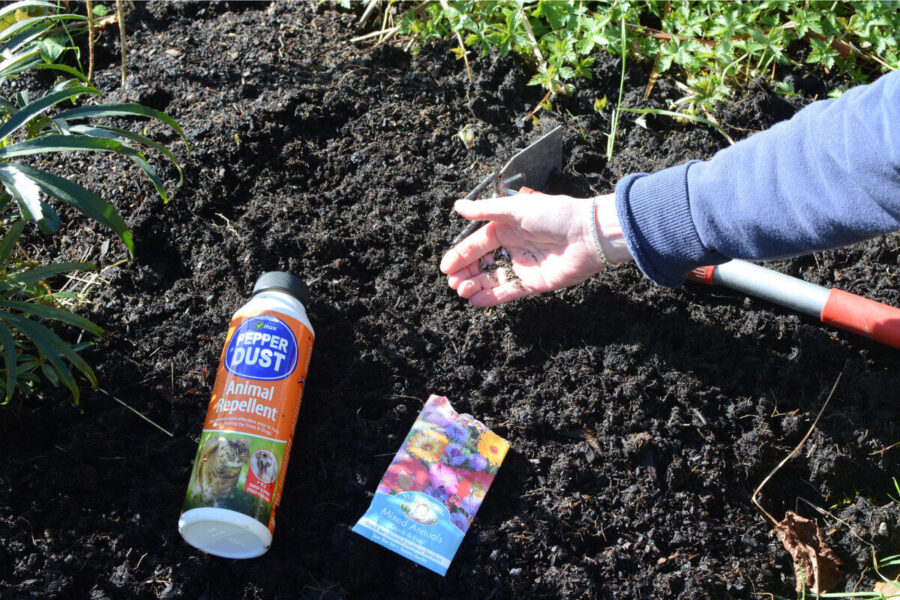
- As the soil warms up it becomes a much more hospitable place for seeds to nestle into and get on with germinating.
- Having bided our time and curbed our impatience, we can now start sowing hardy annuals directly into the soil where we want them to grow.
- Yes, we could have done this earlier in the year but the weather has been so relentlessly chill and damp they are more likely to have rotted (or been eaten by birds and rodents) than rooted.
- Most annuals fare best in a sunny area with soil that drains well, but if you are sowing for shade, readjust accordingly.
- Remove weed and debris and rake the soil until it is light and crumbly before wetting it.
- Scatter seeds thinly (seedlings that grow too close together can be thinned later) and cover with a little more soil, firming it gently with the back of a rake.
- Add a label to avoid disturbance and puff some pepper dust over the soil to deter cats.
- Sow more annuals every few weeks through the spring and summer and you should be able to look forward to months of easy colour ahead.
Move plants that fail to thrive or get too big
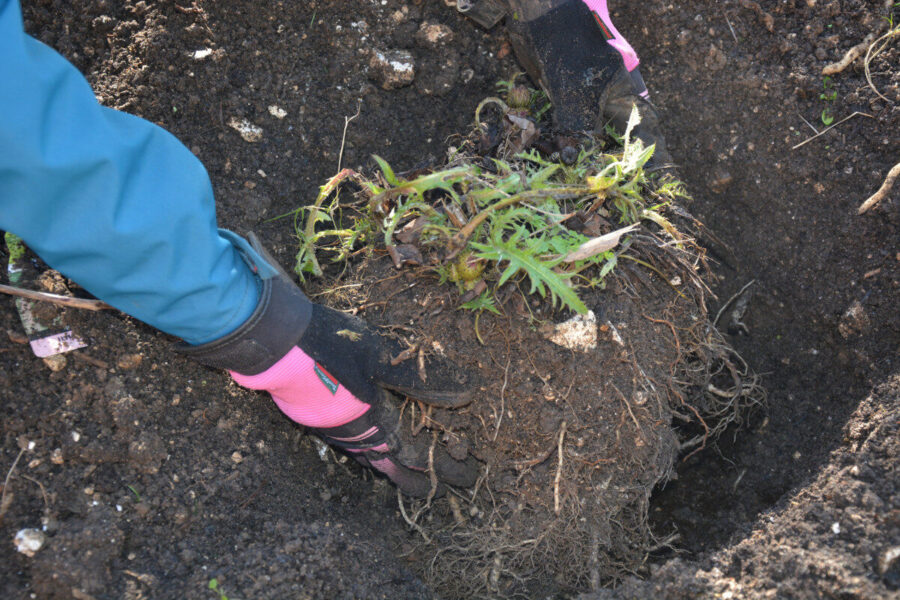
I’m not one for unnecessary fiddling about in the garden, and once a plant is in and thriving, I tend to leave it to go about its business unmolested.
However, there are times when a plant fails to thrive or does the exact opposite and romps away to the point that little else gets a look in, at which point I will consider finding somewhere more suitable.
We have a gorgeous, deep cerise ‘Atropurpureum’ ornamental thistle that has outgrown its spot so while the garden is still getting going for the year ahead, I’ve moved it to a more spacious location.
Early spring is an ideal time to move plants because the soil is getting warmer and spring showers will help keep the roots hydrated as they reestablish (though be prepared to water if we have a prolonged dry spell).
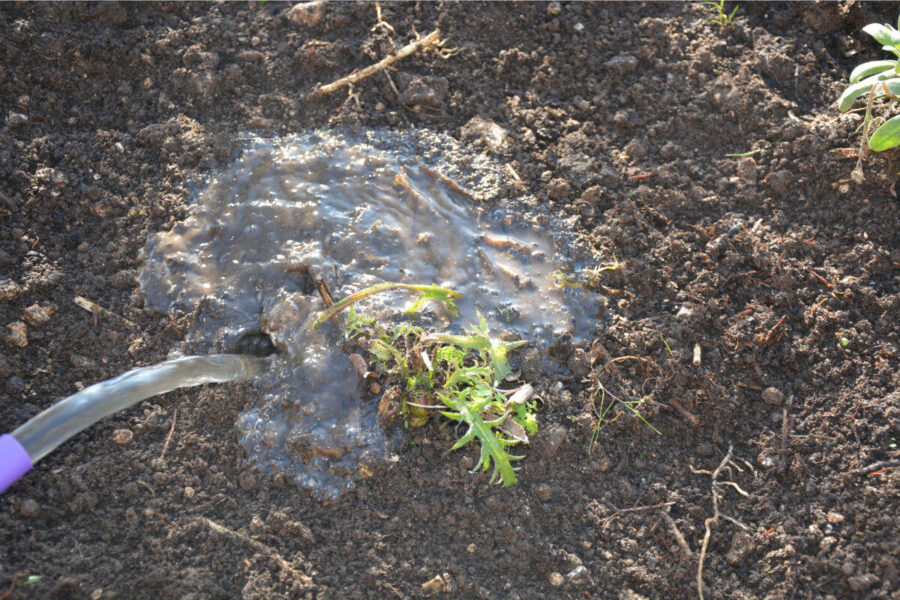
Start by creating the new planting hole, adding some bone meal or well-rotted manure, then dig around the plant and carefully lift it, keeping some soil around the roots.
If you haven’t already dug a spot for it, wrap the roots in damp newspaper to stop them drying out. Replant as soon as you can, at the same depth as before, spreading the roots and covering them with a mix of soil and compost, firming it down as you go to knock out air pockets.
Water well and mulch with organic material (well-rotted compost, manure, leaf mould or bark chips) and keep the soil around the plant weed-free as it settles in.
I can’t wait to see our thistle standing tall again this year, providing essential nectar for the pollinators.
Find more tips, advice and articles like this at the Amateur Gardening website. Subscribe to Amateur Gardening magazine now

